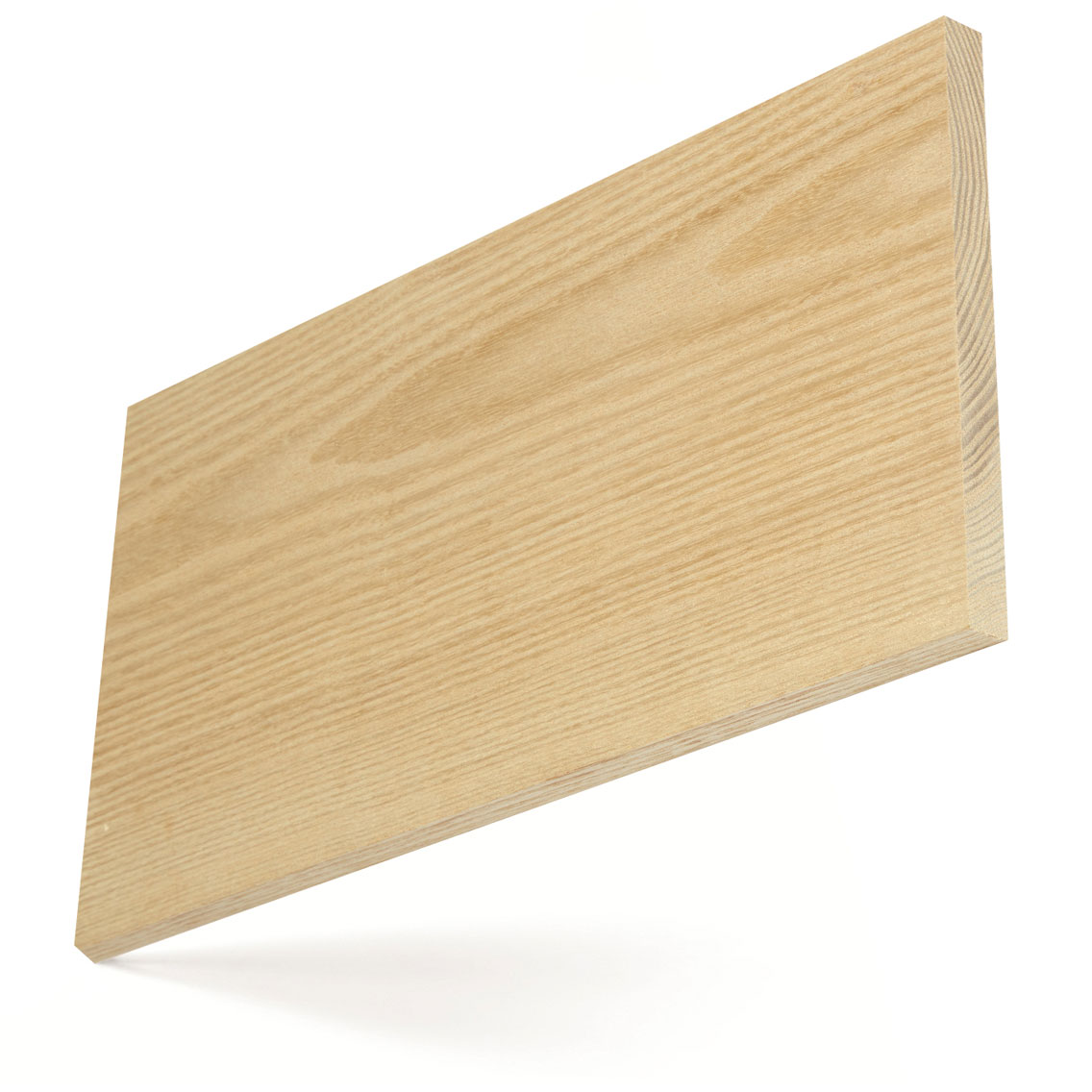ต้นซาสซาฟราสอเมริกัน
ต้นซาสซาฟราสอเมริกัน เป็นต้นไม้ที่มีหอมขนาดกลาง ซึ่งมีความสำคัญต่อสัตว์ป่าและอุตสาหกรรมน้ำหอม
ชื่อภาษาละติน
Sassafras officinale
ชื่อทั่วไปอื่น ๆ
ซาสซาฟราสแดง ต้นเอล์มทอง ไม้อบเชย

การกระจายตัวในป่า
ต้นซาสซาฟราสอเมริกันเจริญเติบโตได้เล็กน้อยในทางตอนเหนือ และมีแนวโน้มที่จะโตรอบ ๆ ต้นแม่ ต้นซาสซาฟราสอเมริกากระจายอยู่ทั่วภาคตะวันออก ภาคกลาง และทางตอนใต้ของสหรัฐอเมริกา และไกลออกไปทางตะวันตก เช่นเดียวกับตะวันออกของเท็กซัสในป่าไม้เนื้อแข็งตามธรรมชาติบนดินทุกประเภท
การเติบโตของป่า
ข้อมูลจาก FIA แสดงให้เห็นว่าปริมาณการขยายตัวของไม้ซาสซาฟราสของสหรัฐอเมริกา เป็นจำนวน 45 ล้าน ม3 หรือ คิดเป็น 0.3% ของจำนวนไม้เนื้อแข็งทั้งหมดในสหรัฐอเมริกา ต้นซาสซาฟราสอเมริกันมีการเจริญเติบโตถึง 527,000 ม3/ต่อปี ในขณะที่การเก็บเกี่ยวเป็นจำนวน 480,000 ม3/ต่อปี ปริมาณสุทธิ (หลังการเก็บเกี่ยว) เพิ่มขึ้น 47,000 ม3 ในแต่ละปี
LCA Tool
seconds
วัสดุที่มีอยู่
ไม้แปรรูปซาสซาฟราสจากสหรัฐอเมริกา แทบจะหาไม่ได้เลย และมีจำนวนจำกัดเท่านั้นซึ่งส่วนใหญ่มาจากผู้ผลิตในทางตอนใต้ ตรวจสอบกับผู้ผลิตถึงเกรดต่าง ๆ ของไม้ที่สามารถส่งออกได้ ไม้วีเนียร์อาจจะหาได้จากผู้ผลิตเฉพาะด้าน
คำอธิบายเกี่ยวกับไม้
แก่นไม้ของซาสซาฟราสจะมีสีน้ำตาลอ่อนไปจนถึงสีน้ำตาลเข้ม แต่ส่วนมากมักมีสีทอง เนื้อไม้มีความยืดหยุ่น เบา และมีสีอ่อน ลายเนื้อไม้อาจเชื่อมต่อกัน สามารถทำให้เป็นลายตรงได้ แต่ลายมักจะเป็นแบบลอน ทำให้เกิดลวดลายฟิดเดิลแบคที่สวยงาม พื้นผิวจะมีทั้งแบบหยาบ และละเอียด ลายเนื้อไม้จะมีลักษณะคล้ายกับเนื้อของต้นแอช และเหมือนลูกเกาลัด
คุณสมบัติเชิงกลไก
ไม้ซาสซาฟราสเป็นไม้ที่มีความแข็งปานกลาง ทนแรงกระแทกได้แต่มีความแข็งต่ำ สามารถดัดได้ดีและนำไปเข้าเครื่องกลึงได้ง่าย
-
0.42
ความถ่วงจำเพาะ (12% M.C)
497Kg/m3
น้ำหนักเฉลี่ย (12% M.C)
8.2%
ปริมาณการหดตัวเฉลี่ย (เขียว ถึง 6% M.C)
62.055 MPa
โมดูลัสของการแตกออก
7,722 MPa
โมดูลัสของความยืดหยุ่น
32.820 MPa
แรงอัด (ขนานกับลายเนื้อไม้)
2,802 N
ความแข็ง
ที่มีน้ำมัน/ไม่มีน้ำมันปรากฏ


สมรรถนะ
- ไม้ซาสซาฟราสนำเข้าเครื่องและทำการแปรรูปได้ง่าย แต่ควรดูแลเครื่องมือให้คมอยู่ตลอด จะต้องเจาะรูก่อนการตอกหรือขันสกรูให้ด ไม้ซาสซาฟราสเชื่อมกาวได้ดี สามารถย้อมและขัดให้งานไม้ออกมามีความสวยงาม ต้องการการดูแลในขั้นตอนการทำให้แห้งเนื่องจากไม้นี้มีความเป็นไปได้สูงที่จะร้าวและงอ มีการหดตัวที่เหมาะสมและมีการเคลื่อนไหวในสมรรถนะน้อย
- แก่นไม้ซาสซาฟราสไม่ผุพังง่าย และมีความทนทานปานกลางเมื่อดูแลรักษาด้วยการรักษาเนื้อไม้
การใช้งานหลัก
ไม้ซาสซาฟราสอเมริกันเติบโตในพื้นที่ป่าธรรมชาติในสหรัฐอเมริกา นิยมนำไปแปรรูปเป็นผลิตภัณฑ์ส่งกลิ่นหอมต่าง ๆ เช่น ถังไม้ และเครื่องเรือน